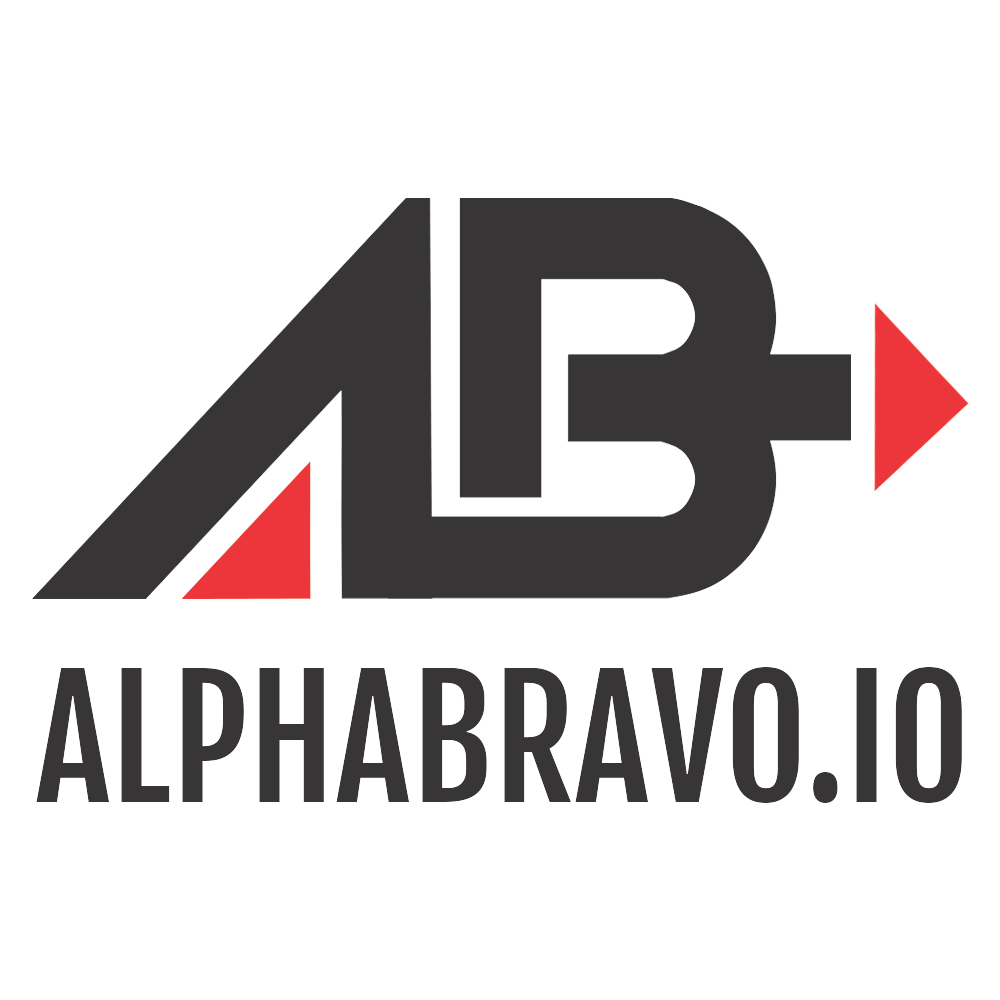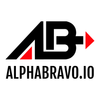Transforming Kubernetes Access Control: The Evolution and Impact of RBAC
The Access Control Challenge in Modern Container Orchestration

The Access Control Challenge in Modern Container Orchestration
In the rapidly evolving landscape of container orchestration, Kubernetes has emerged as the de facto standard for deploying, scaling, and managing containerized applications. However, as organizations increasingly adopt Kubernetes for mission-critical workloads, the question of "who can do what" becomes paramount. This is where Role-Based Access Control (RBAC) enters the picture, serving as the cornerstone of Kubernetes security governance.
Kubernetes RBAC represents a fundamental shift from traditional access control mechanisms, offering a more nuanced and containerized approach to permissions management. Unlike conventional systems where permissions might be broadly assigned based on user identity alone, Kubernetes RBAC introduces a sophisticated model that aligns perfectly with the dynamic, ephemeral nature of container environments.
Understanding the Core RBAC Architecture
At its foundation, Kubernetes RBAC revolves around three essential components that work in concert to establish a comprehensive security framework:
Subjects: The "Who"
Subjects in Kubernetes RBAC can be users, groups, or service accounts. This distinction is crucial because Kubernetes treats both human users and non-human processes (via service accounts) as first-class citizens within its authorization framework. Service accounts, in particular, represent a departure from traditional RBAC implementations, as they provide identity for processes running inside pods, enabling fine-grained control over what applications can do within the cluster.
Resources: The "What"
Resources define the API objects that can be accessed and manipulated. These range from pods and deployments to secrets and configmaps, encompassing virtually every aspect of the Kubernetes ecosystem. The ability to precisely specify which resources are accessible provides administrators with granular control over the cluster's security posture.
Verbs: The "How"
Verbs specify the actions that can be performed on resources. Common verbs include get, list, watch, create, update, patch, and delete. By controlling which verbs are permitted for specific resources, administrators can implement the principle of least privilege, ensuring that subjects have only the permissions necessary to fulfill their responsibilities.
The Dual Nature of Roles in Kubernetes
Kubernetes RBAC introduces a critical distinction between namespace-scoped and cluster-wide permissions through two primary constructs:
Roles and RoleBindings
Roles define permissions within a specific namespace, providing a way to segment access control based on logical boundaries within the cluster. RoleBindings then associate these roles with subjects, establishing who can perform what actions within that namespace. This namespace-level granularity is essential for multi-tenant environments where different teams or applications need isolated permission sets.
ClusterRoles and ClusterRoleBindings
For permissions that span across namespaces or apply to cluster-level resources (like nodes), Kubernetes offers ClusterRoles and ClusterRoleBindings. These provide a mechanism for defining permissions that apply cluster-wide, enabling administrators to manage resources that exist outside the namespace hierarchy. However, this broader scope comes with increased responsibility, as overly permissive ClusterRoles can significantly expand the attack surface.
The Evolution Beyond Traditional Access Control
Kubernetes RBAC represents a significant evolution from earlier authorization mechanisms like Attribute-Based Access Control (ABAC). While ABAC offered flexibility, it came with considerable complexity and maintenance challenges:
- ABAC policies required manual configuration and direct SSH access to master nodes, increasing the risk of misconfigurations.
- Policy changes necessitated API server restarts, potentially causing service disruptions.
- The complexity of ABAC rules made them difficult to scale in larger environments.
RBAC addresses these limitations by providing a more structured, declarative approach to authorization. By leveraging Kubernetes' native API resources, RBAC enables dynamic configuration of policies without service interruptions. This shift has made RBAC the preferred authorization mechanism for most Kubernetes deployments, with ABAC primarily retained for backward compatibility.
The Challenge of RBAC Management at Scale
Despite its advantages, implementing RBAC in large-scale Kubernetes environments presents significant challenges:
Configuration Complexity
As clusters grow and organizational requirements evolve, the number of roles and bindings can increase exponentially. Managing these relationships manually becomes unwieldy, leading to potential security gaps or overly permissive configurations. This complexity is compounded in multi-cluster environments, where consistency across deployments is essential.
Operational Overhead
Traditional RBAC implementation requires creating and maintaining numerous YAML files for roles and bindings. For organizations with dozens or hundreds of users across multiple namespaces, this approach quickly becomes unsustainable. The repetitive nature of these configurations increases the likelihood of errors and inconsistencies.
Automation Challenges
Integrating RBAC changes into CI/CD pipelines presents unique challenges, particularly when it comes to revoking access. While creating and updating role bindings is relatively straightforward, tracking and implementing the removal of permissions requires sophisticated automation.
Simplifying RBAC with Declarative Management
This is where tools like RBAC Manager enter the picture, offering a more streamlined approach to Kubernetes authorization. RBAC Manager introduces a declarative model that significantly reduces the complexity of managing access control at scale.
The Power of Custom Resources
RBAC Manager leverages Kubernetes' extensibility by introducing custom resources that abstract away the complexity of native RBAC objects. Instead of managing individual role bindings, administrators can define a desired state that encompasses all permissions for a subject across multiple namespaces. This approach aligns perfectly with the GitOps paradigm, where infrastructure configuration is managed as code through version control systems.
Consider a scenario where a user needs different levels of access across multiple namespaces. With traditional RBAC, this would require creating separate role bindings for each namespace-role combination. With RBAC Manager's RBACDefinition custom resource, the same configuration can be expressed more concisely:
apiVersion: rbacmanager.reactiveops.io/v1beta1
kind: RBACDefinition
metadata:
name: joe-access
rbacBindings:
- name: joe
subjects:
- kind: User
name: joe@example.com
roleBindings:
- namespace: api
clusterRole: view
- namespace: web
clusterRole: edit
This declarative approach not only reduces the amount of configuration but also makes the intent clearer and more maintainable.
Dynamic Namespace Selection
One of the most powerful features of RBAC Manager is its support for dynamic namespace selection through label selectors. This capability is particularly valuable in environments where namespaces are provisioned dynamically, such as in multi-tenant platforms or development workflows.
By using namespace selectors, administrators can define role bindings that automatically apply to namespaces matching specific criteria. For example:
roleBindings:
- clusterRole: edit
namespaceSelector:
matchLabels:
team: dev
This configuration would automatically create role bindings for any namespace with the label team=dev, eliminating the need for manual updates when new namespaces are created.
Automated Reconciliation
RBAC Manager operates as a Kubernetes operator, continuously monitoring for changes to RBACDefinition resources and reconciling the actual state with the desired state. This reconciliation process handles both the creation of new role bindings and the removal of ones that are no longer specified, addressing one of the key challenges in automating RBAC changes.
When an RBACDefinition is updated, RBAC Manager automatically:
- Creates any new role bindings required by the updated definition
- Updates existing role bindings if the referenced roles have changed
- Removes role bindings that were previously created but are no longer specified
This ownership model ensures that access is properly revoked when it's no longer needed, closing a significant security gap in manual RBAC management.
Beyond Basic RBAC: Advanced Security Considerations
While tools like RBAC Manager simplify the implementation of RBAC policies, organizations must still address several advanced security considerations to maintain a robust authorization framework:
Privilege Escalation Vectors
Certain RBAC permissions can enable privilege escalation, allowing users to gain additional access beyond their intended scope. Permissions like the escalate and bind verbs are particularly sensitive, as they can bypass Kubernetes' built-in protections against privilege escalation. Similarly, permissions related to certificate signing requests (CSRs) can enable users to create new client certificates with arbitrary identities.
Service Account Security
Service accounts represent a significant attack vector if not properly secured. Each pod in Kubernetes is associated with a service account, and by default, these accounts may have more permissions than necessary. Implementing a least-privilege approach for service accounts is essential, particularly for workloads that process sensitive data or have network access.
Integration with External Identity Providers
For enterprise environments, integrating Kubernetes RBAC with external identity providers is crucial for maintaining consistent access control across the organization. This integration enables centralized user management and supports advanced authentication methods like multi-factor authentication. However, it also introduces additional complexity in mapping external identities to Kubernetes RBAC subjects.
The Future of Kubernetes Access Control
As Kubernetes continues to evolve, several trends are shaping the future of access control in container environments:
Policy as Code
The shift toward treating security policies as code is gaining momentum, with tools like Open Policy Agent (OPA) enabling more sophisticated authorization rules beyond what native RBAC provides. This approach allows organizations to implement context-aware policies that consider factors beyond just identity and resource type.
Zero Trust Architecture
The principles of zero trust are increasingly being applied to Kubernetes environments, with a focus on verifying every access request regardless of its source. This model emphasizes strong authentication, minimal permissions, and continuous validation of access rights.
AI-Assisted Security Governance
As RBAC configurations grow more complex, AI and machine learning tools are emerging to help identify potential security risks and recommend improvements. These tools can analyze existing permissions, detect anomalous access patterns, and suggest refinements to align with security best practices.
Implementing RBAC: A Strategic Approach
For organizations looking to implement or improve their Kubernetes RBAC strategy, a phased approach can help manage complexity while enhancing security:
1. Establish Clear Security Objectives
Before diving into RBAC configuration, define clear security objectives based on your organization's compliance requirements and risk tolerance. This foundation will guide decisions about role granularity and permission assignments.
2. Map Organizational Roles to Kubernetes Roles
Analyze your organization's structure and workflows to identify distinct roles that require different levels of access to Kubernetes resources. This mapping should consider both human users and service accounts used by applications.
3. Implement the Principle of Least Privilege
Start with minimal permissions and gradually add capabilities as needed, rather than granting broad access from the beginning. This approach reduces the attack surface and limits the potential impact of compromised credentials.
4. Leverage Automation and Tooling
Adopt tools like RBAC Manager to simplify configuration and maintenance, particularly in large-scale environments. Integrate RBAC changes into your CI/CD pipeline to ensure that access control evolves alongside your applications.
5. Establish Regular Review Processes
Implement a regular review cycle for RBAC configurations to identify and remove unused or excessive permissions. This ongoing maintenance is essential for maintaining a strong security posture as your environment evolves.
The Broader Security Context
While RBAC is a critical component of Kubernetes security, it's important to recognize that it's just one layer in a comprehensive security strategy. Effective container security requires a holistic approach that addresses:
- Image security and vulnerability scanning
- Network policies and segmentation
- Runtime security monitoring
- Secrets management
- Audit logging and compliance reporting
By integrating RBAC with these complementary security measures, organizations can build a defense-in-depth strategy that protects containerized workloads throughout their lifecycle.
Embracing the Future of Kubernetes Authorization
As we look to the future, Kubernetes RBAC will continue to evolve to address the changing security landscape and organizational requirements. The growing adoption of multi-cloud and hybrid cloud architectures will drive demand for more sophisticated and consistent access control mechanisms across diverse environments.
Tools like RBAC Manager represent an important step in this evolution, simplifying the implementation of best practices and enabling organizations to scale their Kubernetes deployments without compromising security. By embracing declarative configuration and automation, teams can focus more on their applications and less on the intricacies of access control.
The journey toward effective Kubernetes authorization is ongoing, requiring continuous learning and adaptation. However, with the right approach and tools, organizations can navigate this complexity and build secure, scalable container platforms that enable innovation while protecting critical assets.

